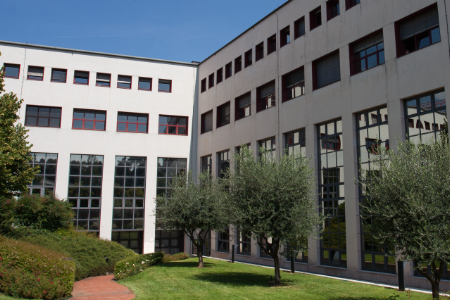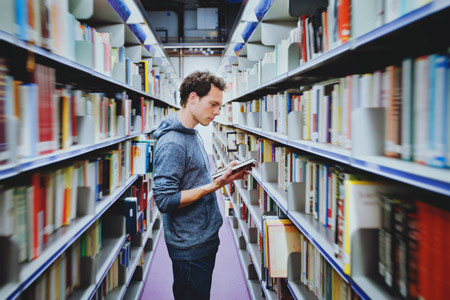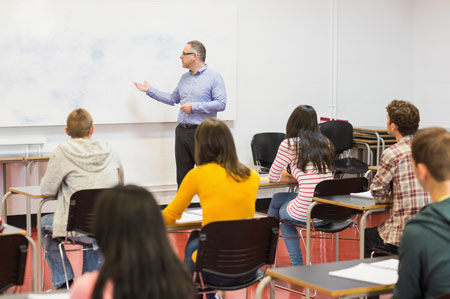To show the organization of the course that includes this module, follow this link  Course organization
Course organization
Learning outcomes
The course aims at introducing students to music education culture and practice by drawing on disciplinary, methodological and psyco-pedagogical components and by underlying its relevance in the artistic, expressive and anthropological field. A second approach concerns creating educational paths which can lead to a more specific competence in this and other related fields, starting from the spontaneous way in which children communicates with sounds. The module will address historical, theoretical and curricular issues in music education, offering participants the opportunity to investigate and critically analyse the practical application of music teaching and learning, pedagogy and practice in its varying educational contexts. The module is discussion based, drawing also on students' experiences of their own learning.
The course aims at making the student able to plan and lead different educational pathways according to the current National Curriculum Instructions, at building students’ pedagogical and artistic knowledge and practices in Music, knowledge and understanding of educational theories and practices in Music, in different cultural contexts, developing knowledge and understanding of developmental characteristics and creative processes in Music.
1 The basic musical competence: identity, experiences, practices.
2 The musical communication.
a. Music theory, such as artistic expression and form of communication, through the observation and analysis of the repertoires and the shared listening experiences, with particular attention to the western classical tradition but also with references to other traditions .
b. Understanding sound (production and its parameters, soundscapes, the note and the sound, the space-time relations between events, objects, sound and musical instruments), rhythm (accents, metro and time), melody (intervals, scales, modes), harmony (chords, tonality) and shape (segmentation and recognition of elements, the practices of appropriation of the form, signifier / signified, genre and style of music).
3 Introduction to the psychology of music.
4 Elements of psychology of music related to listening, moving, performing and writing music.
5 Methodological proposals of music education for primary school.
a. Music education in the National Guidelines for the curriculum in kindergarten and primary school.
b. From the historical methods with the latest trends of music education (active pedagogy and music education; Jaques-Dalcroze, Kodály, Netherlands; Willems, Orff, Suzuki, the "pedagogies of éveil").
c. Musical activities at school.
Bibliography:
'Introduzione online al pensiero e alle pratiche della musica' ed. Talia Pecker Berio (http://www.unisi.it/ricerca/prog/musica/Index.htm)
Lessons materials (Slides and links in the e-learning).
'Enciclopedia della musica', ed. Jean-Jacques Nattiez & Margaret Bent, Rossana Dalmonte e Mario Baroni, II. Il sapere musicale, Torino, Einaudi, 2002:
– M. Imberty, La musica e il bambino, pp. 477-495.
– J.A. Sloboda, Doti musicali e innatismo, pp. 509-529.
– C. Dauphin, Didattica della musica nel Novecento, pp. 785-803.
– R. Deriu, Tendenze recenti nella didattica dell’educazione musicale, pp. 804-821.
– F. Ferrari, Educazione musicale e mass media, pp. 846-862.
– S. Facci, Multiculturalismo nell’educazione musicale, pp. 863-879.
Indicazioni nazionali per il curriculum - 'Musica':
http://www.indicazioninazionali.it/J/
Maule E., Azzolin S. (2009), Suoni e musiche per i piccoli. Trento, Erickson.
Azzolin S., Restiglian E. (2013), Giocare con i suoni. Esperienze e scoperte musicali nella prima infanzia. Roma, Carocci.
Anceschi (2007), Ludus in musica. Carocci Faber,
Lucchetti S., Ferrari F., Freschi A., (2013), Insegnare la musica, Roma, Carocci Libro e tutti gli allegati disponibili alla pagina: http://www.carocci.it/ → Catalogo → Titolo: Insegnare la musica → Allegati. (La registrazione al sito è gratuita).
Lucchetti S.(2011), Bimbinmusica. Laboratorio musicale per la scuola dell'infanzia e la scuola primaria. Padova, Cleup.
M. Maffioli, F. Zagatti (a cura di) (2004), CD: Note in ballo. I Sonanti. Bologna
Strobino E., Piatti M. (2011), Grammatica della fantasia musicale. Introduzione all'arte di inventare musiche, Milano, Franco Angeli.
Not attending students must agree bibliography and examination program with the Professor.








